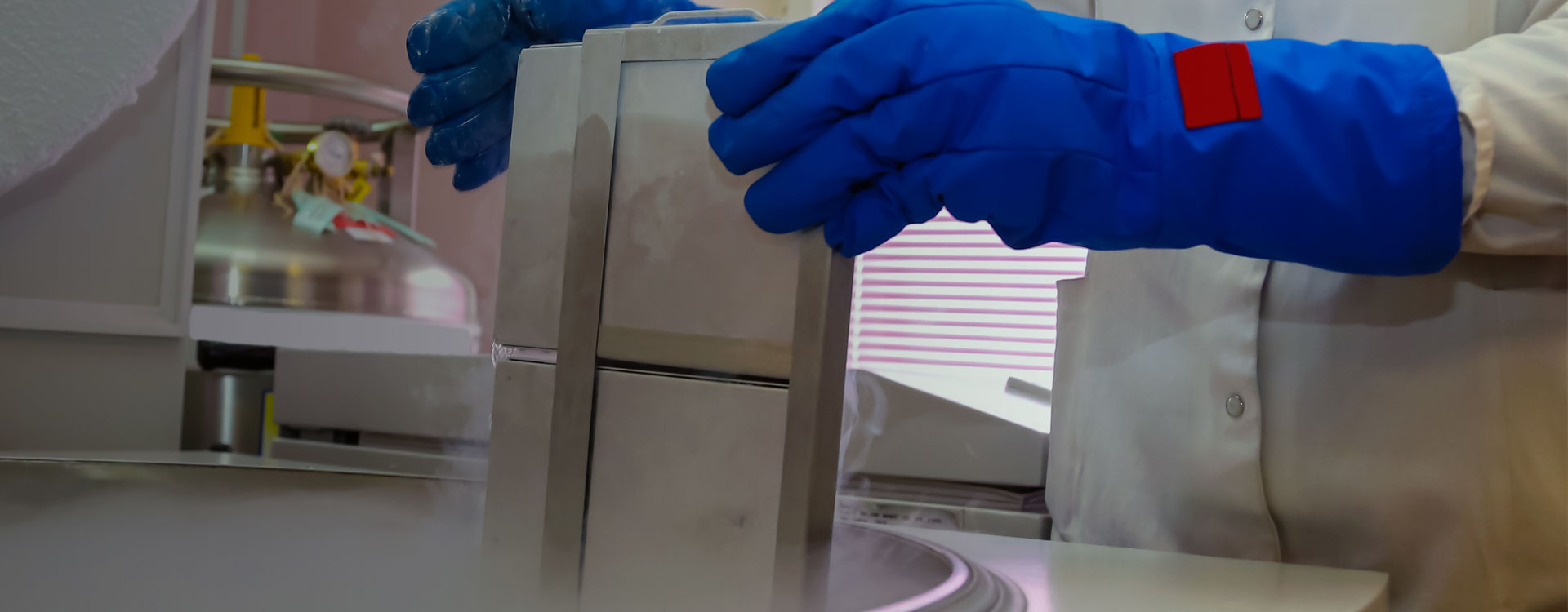If you’re considering the life-saving potential of banking your baby’s cord blood, you may be wondering exactly how the cord blood is collected.
When initially envisioning how doctors obtain stem cells from cord blood, some may think that a painful and complicated medical procedure is involved. However, nothing could be further from the truth.
Collecting cord blood is a simple, painless, and non-invasive procedure for both the mother and the child that takes just minutes. MiracleCord is here to explain the procedure in more detail and provide you with additional information about how banking cord blood could save the life of your baby or a family member.
What Is Cord Blood?
Cord blood is the blood that remains in the umbilical cord and placenta after childbirth. It is a rich source of stem cells, which can be used to treat a variety of diseases, including certain types of cancer, blood disorders, and immune system disorders.
How Is Cord Blood Collected?
After the umbilical cord is clamped and cut, the collection bag needle is inserted into a vein in the umbilical cord for the excess blood to flow into the collection bag by gravity. When the flow stops, the bag is sealed and ready for transport to the cord blood laboratory.
Here's a step-by-step guide for the cord blood collection process:
- Enrollment: Before the birth of the baby, parents must enroll in a cord blood collection program. This involves completing a registration form and paying a fee.
- Collection Kit: The cord blood collection kit is provided by the cord blood bank and includes all the necessary medical supplies for collecting the cord blood. It typically includes a collection bag with tumbling and a needle attached, and an anticoagulant in the collection bag.
- Procedure: After the baby is born, but before the placenta is delivered, the doctor or midwife clamps the umbilical cord and cleans the area where the cord will be cut. The cord is then cut, and the collection bag needle is inserted into the cord. The cord blood is collected by gravity as it flows into the bag. The process takes about 5-10 minutes and is painless and risk-free for both mother and baby.
- Transportation: Once the cord blood has been collected, it is sealed in the collection bag and transported to a cord blood banking laboratory for processing and storage. The collection program typically arranges transportation, which may involve a courier service or a medical courier.
- Storage: The cord blood is processed to extract the hematopoietic stem cells and then cryogenically frozen for long-term storage. It can be stored for many years and used if needed for future medical treatments.
If you have also chosen to save your baby's cord tissue, after the cord blood has been collected, your doctor will then cut a 6 to 8-inch segment of the umbilical cord and place it inside the cord tissue collection container. A few small vials of the mother's blood will also be drawn and sent to the laboratory with the cord blood and cord tissue specimens.
What Is the Method Used for Collecting Cord Blood?
Cord blood banks in the United States use the gravity method. The gravity method is a simple, low-tech approach that does not require specialized equipment or expertise. This method involves placing the umbilical cord over a sterile collection bag or container and allowing gravity to naturally flow the blood into the bag.
To perform the gravity method, the healthcare provider first clamps and cuts the umbilical cord. The provider then cleans the cord with an antiseptic solution and inserts a needle into the cord vein. The needle is connected to the collection bag with tubing, which is placed below the level of the umbilical cord.
Once the needle is in place, the blood flows from the placenta, through the needle, and into the collection bag. The collection process typically takes 5-10 minutes, depending on the volume of blood collected.
After the collection is complete, the healthcare provider removes the needle and clamps both ends of the cord. The collected cord blood is then transported to a cord blood bank for processing and storage.
The gravity method is a safe and effective way to collect cord blood, and it is widely used in hospitals and birthing centers around the world.
When Should I Enroll in Cord Blood Banking?
It is recommended that you enroll sometime in your second trimester, just in case your baby comes early, however, as long as the cord blood bank that you choose has time to ship a collection kit to you before you go into labor, the cord blood can be collected by your doctor/midwife.
Having a well-thought-out birth plan that includes cord blood collection and sharing it with your obstetrician/midwife is recommended to ensure that your baby’s cord blood is collected immediately after the birth of your child.
Why Collect Cord Blood?
Collecting cord blood is a personal decision for each family to make. However, there are several reasons why families choose to collect cord blood:
It’s Completely Painless
It is a non-invasive and painless procedure for both the mother and the baby. The collection takes place after the baby is born and has begun life on its own.
It Treats 80+ Diseases
Cord blood is a rich source of hematopoietic stem cells that can be used to treat a variety of diseases. Cord blood and cord tissue stem cells are easily collected, and they do not require an invasive medical procedure, as it is with collecting bone marrow stem cells. Also, cord blood stem cells have a much lower risk of Graft vs. Host Disease (GVHD).
A Perfect Match
Collecting cord blood is a way for families to save a source of unaltered stem cells for their child or a family member should a need arise. Finding a match from a public bank can be daunting, and oftentimes a match can’t be found. Your baby’s stem cells are a perfect match for themself, and a likely match for siblings and parents.
The Future of Medicine
Stem cells are the future (and present) of medicine, and umbilical cord blood stem cells are only available when a baby is born. Opportunity knocks once for some parents, and having a baby is the only way to save this precious resource.
Cord Blood Saves Lives
Cord blood stem cells have been approved by the Food and Drug Administration (FDA) for use to treat over 80 diseases and conditions. These procedures have been shown to effectively treat a wide range of diseases, from blood disorders and cancers, to immune system disorders, and metabolic disorders.
Why Choose MiracleCord?
MiracleCord is a leader in the cord blood banking industry, offering a variety of services to families at affordable prices. Some of the benefits of choosing MiracleCord include:
- Advanced processing techniques that yield more stem cells.
- State-of-the-art storage facility that ensures the long-term viability of the stem cells.
- A commitment to providing families with the highest quality service and support.
- Direct medical courier service from your hospital to our lab, at no additional charge.
MiracleCord offers affordable cord blood banking plans to fit the budget of any family. We offer prepaid storage plans or annual plans with a small yearly fee. With MiracleCord there are no hidden costs, and we back our cord blood banking plans with a $100,000 quality guarantee.
If you’d like to learn more about the potential benefits of banking your child’s cord blood download our Cord Blood Banking Guide or feel free to call us at 888-743-2673 and our cord blood specialists will be happy to discuss your options with you!
The Takeaway
Cord blood collection is a safe and painless procedure that can provide families with a valuable source of stem cells for potential medical treatments.
Enrolling for cord blood banking in your second semester is ideal so you will be prepared in advance for your baby’s delivery. With over 80 diseases treated, saving this precious resource is a perfect opportunity for your family’s future.
That’s all it takes! Simple, painless, and no risk.
If you are interested in collecting cord blood, enroll today with MiracleCord.
DISCLAIMER: THE INFORMATION ON THIS WEBSITE IS NOT INTENDED TO BE USED AS MEDICAL ADVICE.The materials and information contained on the MiracleCord website is provided for educational and informational purposes only, and is not intended to, and does not constitute, medical or other health advice or diagnosis, and should not be used as such. You should not use this information to diagnose or treat a health problem or disease. If you are seeking personal medical advice, you should consult with a licensed physician. Always consult with a qualified health care provider regarding a medical condition.





